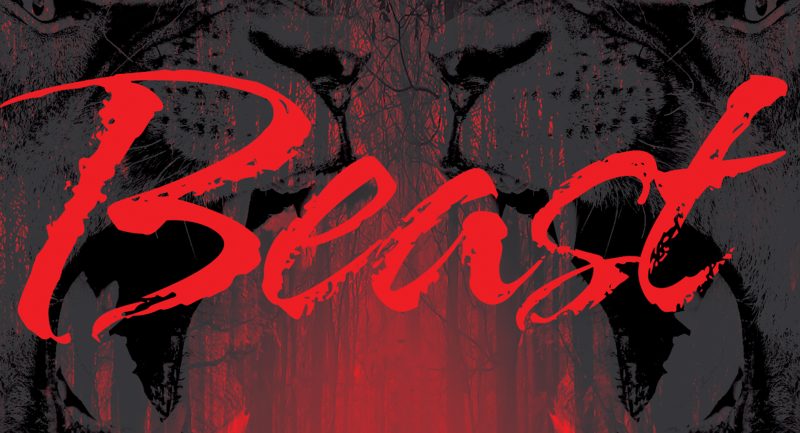
Competing on Analytics provides the road map for becoming an analytical competitor, showing readers how to create new strategies for their organizations based on sophisticated analytics. Introducing a five-stage model of analytical competition, Davenport and Harris describe the typical behaviors, capabilities and challenges of each stage. It is the definitive guide for transforming your company’s fortunes in the age of analytics and big data.
Thomas H. Davenport is the President’s Distinguished Professor of IT and Management at Babson College and a research fellow at the MIT Initiative on the Digital Economy. Jeanne G. Harris is on the faculty at Columbia University, where she teaches Business Analytics Management.
The great challenge for brand managers in the current age, however, is developing a closed loop of analytics describing how customers interact with a brand across multiple channels. With this information, brands can learn not only what ads and promotions customers see, but how they react in terms of click-throughs, conversions, and service. Most companies find it difficult to marshal all this data and make sense of it with analytics.
One company that does do it well, however, is Disney’s Parks and Resorts business unit. The business has long been highly analytical, optimizing hotel prices, ride times, and marketing offers. Now, however, due to a “vacation management” project called MyMagic+ that cost over $1 billion and began in 2008, it is able to close the loop on how all that marketing translates into a customer experience. The ambitious goal of MyMagic+ is to provide a more magical, immersive, seamless and personal experience for every single guest. From the beginning of planning a Disney park or hotels reservation, the customer is encouraged to register and to supply an email address. The customer can plan a family trip (and, at the same time, register all family members or friends participating in the trip) with the MyDisneyExperience website or app. Disney is then able to learn what activities the customer is considering and what web pages engage different family members. Customers are also encouraged to sign up for the FastPass+ service, which offers them shorter wait times; in exchange, they share information about the park attractions, entertainment options, and even greetings from Disney characters they intend to experience.
What really closes the loop for Disney, however, is the MagicBand. Rolled out in 2013, these wristbands are typically mailed to a family before its visit starts. From the customer’s standpoint, it allows access to the park and hotel rooms, FastPass+ entry to attractions at specific times, and in-park and hotel purchases. It also stores photos taken with Disney characters, and allows the characters to have personalized interactions with kids. From Disney’s standpoint, it provides a goldmine of data, including customer locations, character interactions, purchase histories, ride patterns, and much more. If customers opt in, Disney will send personalized offers to them during their stay and after they return home.
The scale and expense of the MyMagic+ system is reflective of the fact that the ante has been raised for competing on analytics. It may take a while for Disney to recoup its billion-dollar investment in this closed loop system, but the company has already seen operational benefits in being able to admit more customers to parks on busy days. There is also a belief that the system will deter customers from visiting competitor parks. Key to the ultimate value of the program, however, will be extensive analytics on how marketing and branding programs translate into actual customer activity.
Find this book:- Competing on Analytics: The New Science of Winning










